Red Borneo Kratom is a unique strain of the Mitragyna speciosa tree, native to the island of Borneo. This tropical...

Sustainable Kratom Cultivation: Ensuring a Greener Future
Kratom (Mitragyna speciosa) has become enormously popular worldwide for its unique health properties. Native to Southeast Asia, the Kratom tree’s leaves have been used locally for centuries as a traditional medicine and cerebral stimulant. With rising demand in recent times, primarily driven by Western markets, Kratom cultivation has scaled rapidly. However, without adherence to sustainable practices, such rapid expansion runs the risk of irreversibly damaging sensitive forest ecosystems.
Sustainable cultivation entails a holistic approach whereby farmers implement solutions benefitting the environment, local communities, and long-term productivity. This article tackles sustainable cultivation practices, with a specific focus on Malaysian Kratom farming. Sustainability ensures that both precious rainforest ecosystems and struggling rural farmers continue thriving for generations to come.
Overview of Kratom Cultivation in Malaysia
Kratom trees have historically grown wild and been harvested by locals across tropical Southeast Asian jungles. But booming international demand has catalyzed large-scale cultivation in recent decades. Malaysia now contains the region’s largest cultivated lands, with much of the broader agricultural output centered in the West Malaysian state of Sarawak. Sarawak’s tropical climate and fertile soil provide ideal conditions for Kratom agriculture.
Rural smallholder farmers drive Malaysia’s Kratom boom. With commodity crops like palm oil and rubber plunging in profitability, farmers increasingly turn to Kratom as a lifeline. However, without prior training, many unfortunately rely on harmful practices jeopardizing environmental health. Sustainable techniques must be urgently adopted to remedy this.
Core Principles of Sustainable Kratom Farming
Sustainable cultivation balances economic viability with environmental and social responsibility. The core principles include:
Economic – Farmers earn fair incomes that provide long-term financial security without reliance on environmentally destructive practices. Agricultural productivity and efficiency are maximized through innovative farming techniques aided by technology.
Environmental – Biodiverse ecosystems are preserved through conservation efforts. Deforestation is halted and reforestation initiatives regenerate degraded lands. Carbon emissions and water usage are minimized, soil health is maintained organically without synthetic chemicals and wildlife habitats are protected.
Social – Local communities benefit through poverty alleviation and social development from Kratom profits. Workers enjoy safe, ethical employment with fair compensation, as their rights are protected. Health and safety standards ensure farmer well-being when handling Kratom crops.
With these tenets in mind, sustainable Kratom production requires holistic solutions across cultivation methods, technology integration, community empowerment, and environmental conservation.
Sustainable Farming Practices
Organic Kratom Cultivation
The very foundation of sustainable agriculture lies in organic cultivation free from synthetic chemicals. Conventional agriculture relies heavily on pesticides, herbicides, and artificial fertilizers applied liberally onto crops. Runoff seeps into and contaminates groundwater supplies and adjacent lands. Pesticide toxicity poisons both wildlife and human health. Fertilizer-induced nutrient pollution sparks algae blooms that suffocate aquatic ecosystems. Heavy metal concentrations from chemical contaminants bioaccumulate entire food chains.
Employing organic solutions avoids all of these issues while enhancing biodiversity, soil health, and long-term farm productivity. Natural pest deterrent methods like introducing predator insects prevent infestations without toxicity. Compost, manure, and other organic matter used as fertilizer improve moisture retention and nutrient balance within soil. Crop rotation gives land time to rejuvenate fertility between growing cycles. Such techniques preserve ecosystem integrity for sustainable Kratom farming.
Water Conservation Systems
While Kratom prefers tropical climates with heavy rainfall, efficient water management remains essential for sustainability. Water-intensive agriculture strains limited regional reserves, especially amidst climate change droughts. Optimizing irrigation and drainage systems thus helps farms reduce consumption and costs.
Rainwater harvesting provides one supplemental source by collecting runoff from buildings and roads into storage tanks. Gravity-based drip irrigation directly waters plant roots only when needed. Swales act as rain gardens to capture and absorb runoff through basin depressions. Constructive wetlands filter greywater from washing Kratom leaves while providing wildlife habitat. Investing in water systems enhances productivity whilst securing future supply.
Regenerative Farm Design
Sustainable farming requires holistic design beyond just crop cultivation methods. As an example, ‘food forest’ farming practices agriculture amongst intentionally planted diverse native species that mutually thrive together by occupying different height canopies and root depths. The resulting ecosystem offers multi-functional productivity from sustainable harvesting of fruits, fiber, and timber while supporting wildlife.
Similarly, cultivating Kratom trees within diverse forest gardens filled with beneficial plants will enhance biodiversity and soil nutrition. Featured species can fix nitrogen, accumulate minerals, repel pests, or attract pollinators. Natural forests excel at self-regulating, and introducing native varieties with synergistic roles makes the entire system resilient, fertile, and productive for lower-maintenance Kratom farming.
Leveraging Technology
Whilst organic farming lies at the core, technology can act as a supplemental tool to bolster productivity and efficiency whilst minimizing environmental harm.
Precision Agriculture
Satellite systems, drones, remote sensors, and GPS provide farmers unprecedented data on landscape conditions both macro and micro, down to an individual tree. This enables pinpointed land-management decision-making, saving resources. For instance, applying water, fertilizers, or pesticides onto specific zones lacking nutrients or needing treatment avoids waste. Drones provide rapid scalable data on crop health across hundreds of acres to catch issues early before spreading. Overall, technology allows improved yields whilst lowering eco-footprint.
Research & Development
Ongoing R&D by both public Malaysian institutions and private industry unearths increasingly effective organic solutions for boosting cultivation efficiency, crop resilience, soil regeneration, and more. Government tax incentives further accelerate innovations. Discovering optimal, biodiverse intercropping systems and pioneering new natural pest deterrents or microbe soil enrichments through research will progressively strengthen sustainable practices.
Supply Chain Monitoring
Finally, blockchain platforms offer transparent end-to-end tracking from seed to sale. QR codes label batches allowing consumers to trace exact origins, farming standards met, shipping conditions, and more for given purchases. Such data supports ethical consumption and allows issues to be quickly traced and resolved.
Community Development
Environmental efforts cannot succeed without building mutual understanding and trust between stakeholders. Sustainable development requires incorporating marginalized rural farming communities within decision-making processes, upskilling workers, and ensuring profits benefit regional wellbeing.
Economic Empowerment
Rather than extensive land exploitation purely for commercial export profits that strip natural resources and accumulate gains abroad, sustainable farming sees producers thrive first and foremost. Ensuring farmers earn ample income, gain financial literacy, and have access to credit enables continued investment back into smarter agricultural production rather than cutting corners unsustainably to stay afloat. Farm operations can diversify into additional sustainable industries like beekeeping or aquaculture for further income streams.
Knowledge Transfer
Transitioning from historical conventional practices requires immense reskilling and continuous learning. Industry groups, NGOs, and the government regularly conduct free training for rural farmers on biodiversity conservation, composting methods, soil nutrition management, terraforming, poly cropping, sustainable harvesting protocols, and more to embed best practices. Local schools also include environmental education teaching youth digital and business skills so future generations continue expanding green solutions.
Worker Rights
Migrant laborers from Indonesia, Bangladesh, and the Philippines are commonly exploited on Malaysian agricultural plantations receiving subminimum wages in dangerous working conditions without contracts. Sustainable operations must ensure fair labor policies with acceptable accommodations, medical care, training, and competitive salaries are provided to all pickers, packers, and processors irrespective of nationality. Some plantations even include shares/profit participation to incentivize employees in the business’ success. Oversight committees and anonymous grievance resolution channels prevent workplace harassment or discrimination. Unions also equip laborers with collective bargaining powers against unfavorable conditions. Prioritizing worker welfare ensures the ethical foundations of sustainability.
Preserving Malaysia’s Rainforests
Malaysia’s precious rainforests rank among the world’s most biodiverse ecosystems. But extensive deforestation from expanding palm oil, logging, and infrastructure threatens delicate habitats and species populations, with almost 15 million acres already destroyed. Sustainable Kratom farming must therefore take proactive conservation steps, aligned with Malaysia’s REFORESTRATION commitments under global climate accords.
Forest Protection
Numerous NGOs have helped the government successfully conserve High Conservation Value (HCV) forest reserves through partnerships with local communities. Such reservoirs harbor critically endangered ecosystems like peatlands and mangroves home to the Bornean orangutan, sun bear, proboscis monkey, and other endemic wildlife. Stopping all agricultural encroachment preserves these landscapes for generations. Private-public funds also actively replant native tree saplings to reconnect fragmented corridors for migrating animals.
Soil Rehabilitation
Many regions now occupied by plantations were once deforested lands exploited for their timber. Heavy logging machinery compacted soils significantly lowering fertility. Without rehabilitation, simply adding chemical fertilizers creates an addiction spiral harming microorganisms long-term. Instead, sustainable operations tailor nutrient correction and mycological bioremediation strategies suited to each unique soil ecology from on-site testing. This involves growing green manures, alternating flooding, introducing beneficial microbes, tracing micronutrient deficiencies, adjusting irrigation, and more to slowly nurse soils back to health so they durably support farming.
Carbon Sequestration
Photosynthesis absorbs CO2 emissions from the atmosphere so expanding forest cover fights climate change. While Kratom and its companion plants naturally contribute towards this, farms take added steps like planting timber trees across integrated areas not only for shade canopy and soil anchoring but to sequester substantial carbon. Flourishing forests also build resilience against floods or erosion. Voluntary carbon offset programs help quantify exact carbon capture for transparency. Overall restoring wilderness reverses previous exploitation harms.
The Future of Sustainable Kratom Farming
With global Kratom consumption projected to grow by 2028, establishing scalable sustainability standards is imperative to meeting demand without sacrificing pristine rainforests or struggling farmers’ livelihoods. Industry groups increasingly recognize this reality as climate change brings more unpredictable growing conditions and conscious consumers demand ethical sourcing.
Recent years have seen Malaysian agricultural officials strengthen sustainability requirements for cultivation licensing with endorsed training programs, input materials restrictions, harvest quotas based on terraforming capacities, and more. Continued political, business and grassroots collaboration can institutionalize such frameworks where eco-friendly Kratom drives rural prosperity rather than destructive agricultural practices that dominated the previous century.
Sustainability Starts with Consumers
Transforming cultivation ultimately requires public participation in supporting eco-conscious brands that go to extra lengths to meet standards, pay fair trade premiums, and invest in farmers and future generations. Speakeasy Kratom – who supplied this article – dedicates tremendous focus towards Malaysian grower relations and sustainable advancement.
Customers play a powerful role through ethical purchasing able to steer the entire industry towards valuing biodiversity, cultural heritage, and local livelihoods rather than chasing unsustainable exploitation. Choosing sustainably sourced Kratom benefits all involved. With conscientious consumption and continuous technological improvements, this revered botanical and the lush ecosystems it inhabits will thrive for many generations ahead.
Experience Pure Green Malaysian Kratom
Transport your senses to Malaysia's lush jungles with Speakeasy Kratom's premium Green Malaysian Kratom powder and capsules. Expertly sourced from mature Mitragyna speciosa trees in Indonesia, our Green Malaysian provides a perfect balance of energy and calm. Discover for yourself why connoisseurs love this treasured strain. Start on your Malaysian retreat today with Speakeasy Kratom.
Sustainable Kratom Cultivation FAQ
1. Why is sustainable farming important for Kratom cultivation?
Sustainable farming balances the economic viability of Kratom agriculture with environmental protection and social responsibility. It ensures the preservation of fragile rainforest ecosystems that Kratom relies on while supporting rural farmer livelihoods long-term.
2. What are some key principles of sustainable Kratom farming?
The core principles are environmental conservation through organic farming, water conservation, and biodiversity protection; economic prosperity for farmers from fair trade and cooperative profits; and social development via worker rights, job creation, and community investment.
3. What are some examples of sustainable farming practices used in Kratom cultivation?
Popular sustainable methods include organic farming without synthetic chemicals, water harvesting systems like drip irrigation to conserve water, intercropping with food forests and mixed native species for ecological symbiosis, and integrating technology like drones for precision agriculture.
4. How does sustainable cultivation empower local farming communities?
Sustainability provides training to transition farmers from conventional to regenerative practices, ensures fair wages and ethical working standards, facilitates access to finance for communities to invest back into green technology, and supports additional sustainable income streams like beekeeping for supplementary profits.
5. Why is deforestation a major concern with Kratom farming?
Uncontrolled Kratom agricultural expansion has led to mass deforestation endangering Malaysia’s biodiverse rainforests and precious species populations already at risk. Sustainable principles necessitate stopping deforestation completely and actively reforesting damaged lands.
6. What role do consumers play in sustainable Kratom cultivation?
Conscientious consumer purchasing choices that select sustainably certified Kratom sources over cheaper destructive farms incentivize the industry to adopt ethical practices benefiting workers and the planet alike. Market demand catalyzes sustainability.
7. What recent progress has Malaysia achieved regarding sustainable cultivation policies?
Malaysian officials have implemented sustainability requirements for licensing like conservation land buffers, harvesting quotas per acre, and evergreen mandates to avoid soil exhaustion, and endorsed organic agricultural input standards to spur innovation while phasing out agrochemical reliance long-term.
8. How can technology help make Kratom farming more sustainable?
Satellite systems, drones, sensors, and blockchain provide transparent farm analytics to pinpoint targeted interventions for efficiency, research optimal poly cropping systems, enable end-to-end supply chain traceability for accountability, detect crop issues quicker, model future climate scenarios, track soil nutrient levels and more to bolster productivity whilst lowering environmental harm.
9. How does Kratom cultivation help mitigate carbon emissions and climate change?
Expanding forest landscapes absorb tremendous CO2 emissions from the atmosphere whilst sustaining local conditions resilient against floods or drought through soil anchoring and canopy evapotranspiration. Kratom thrives in such ecosystems, so conservation helps sequester carbon.
10. Which visionaries spearhead advancements in sustainability standards?
Innovations come from scientists within agricultural universities, civil society groups, forward-thinking farmer cooperatives sharing best practices, and conscientious Kratom suppliers like Speakeasy Kratom investing in customer education and industry transformation efforts prioritizing ethical responsibility.


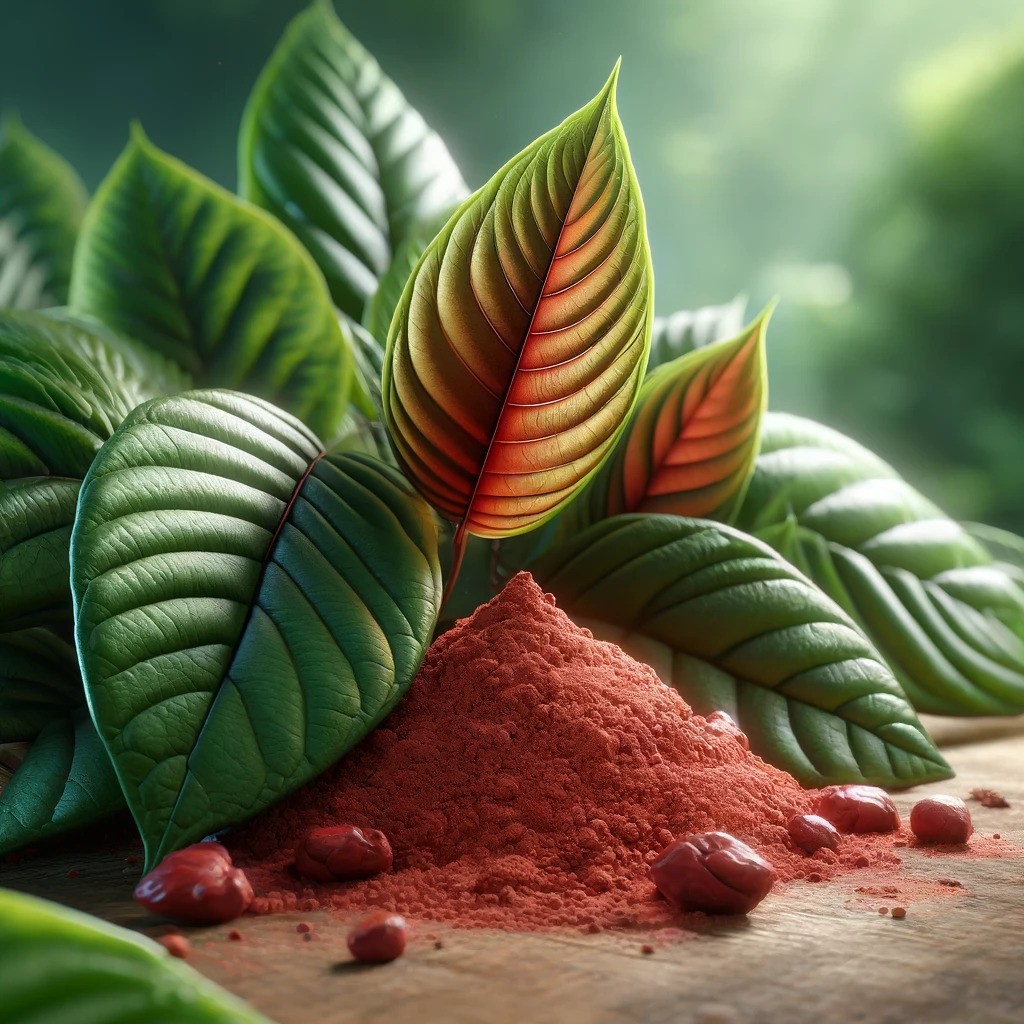






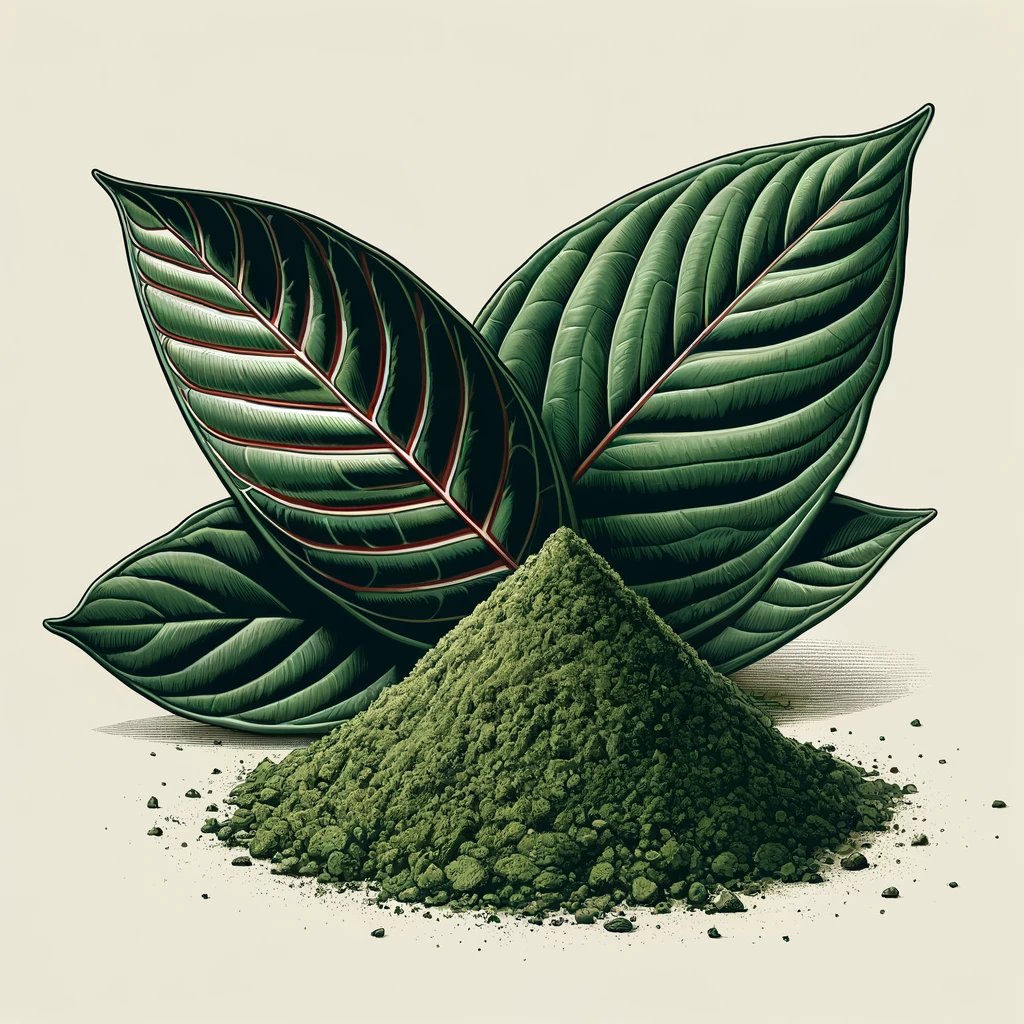

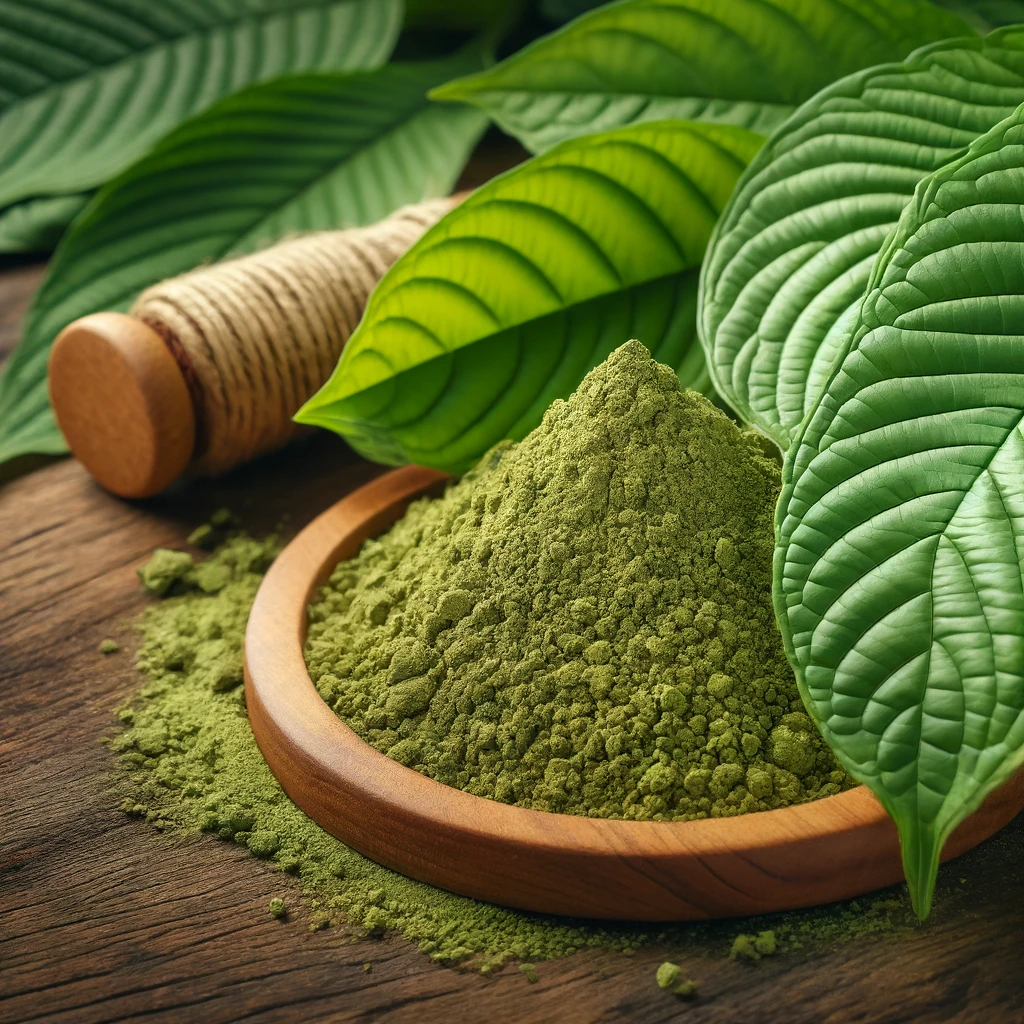
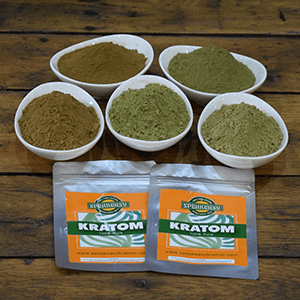

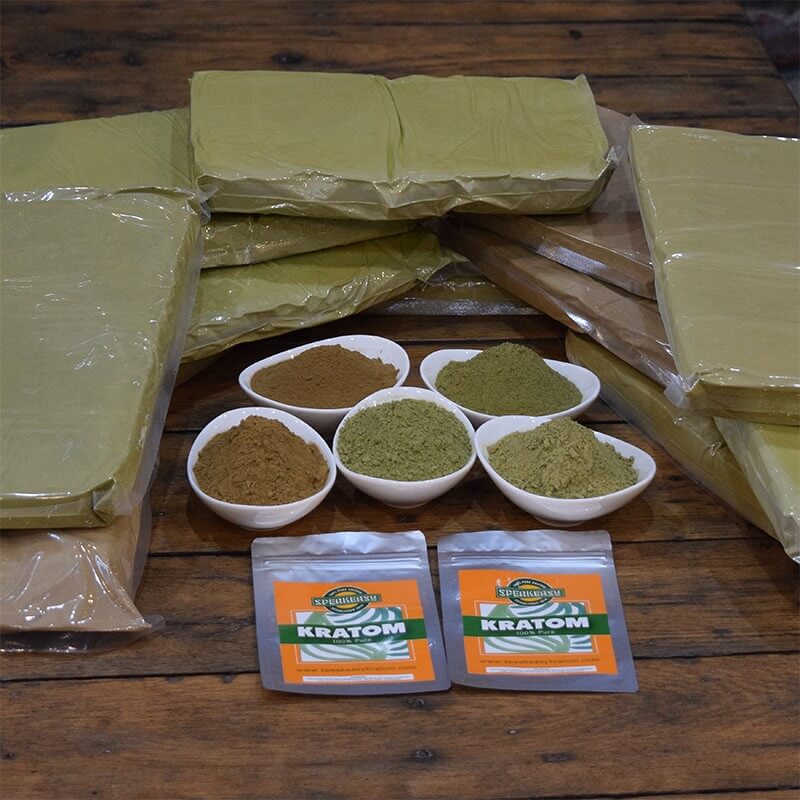
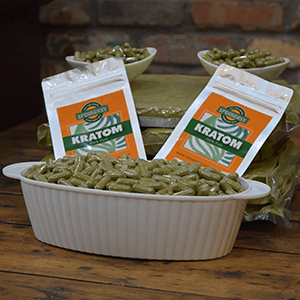
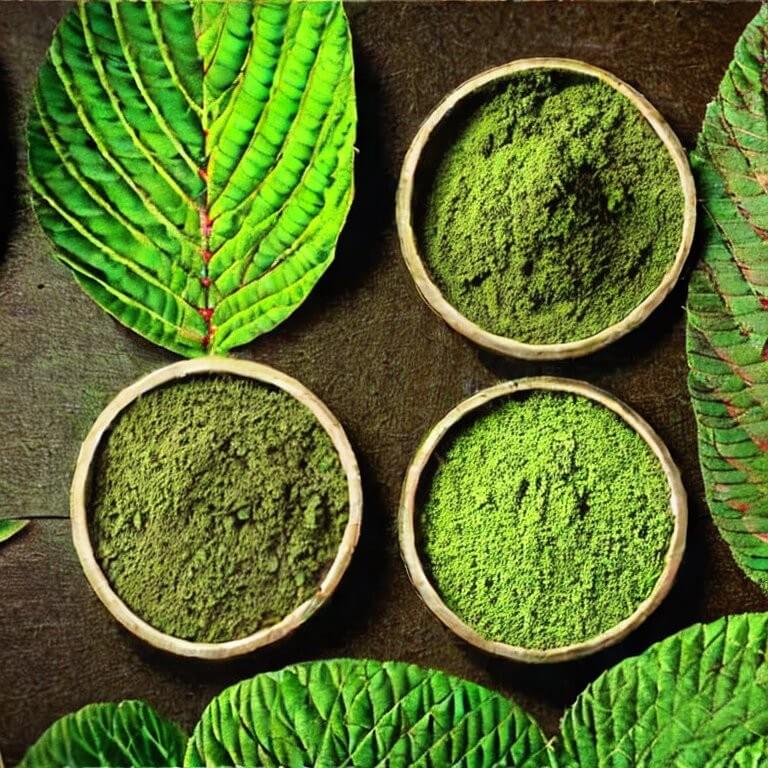
Leave a comment